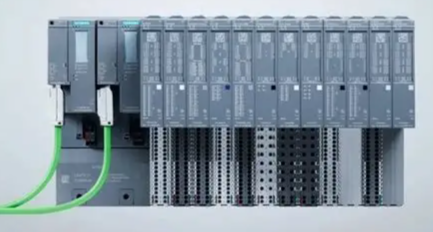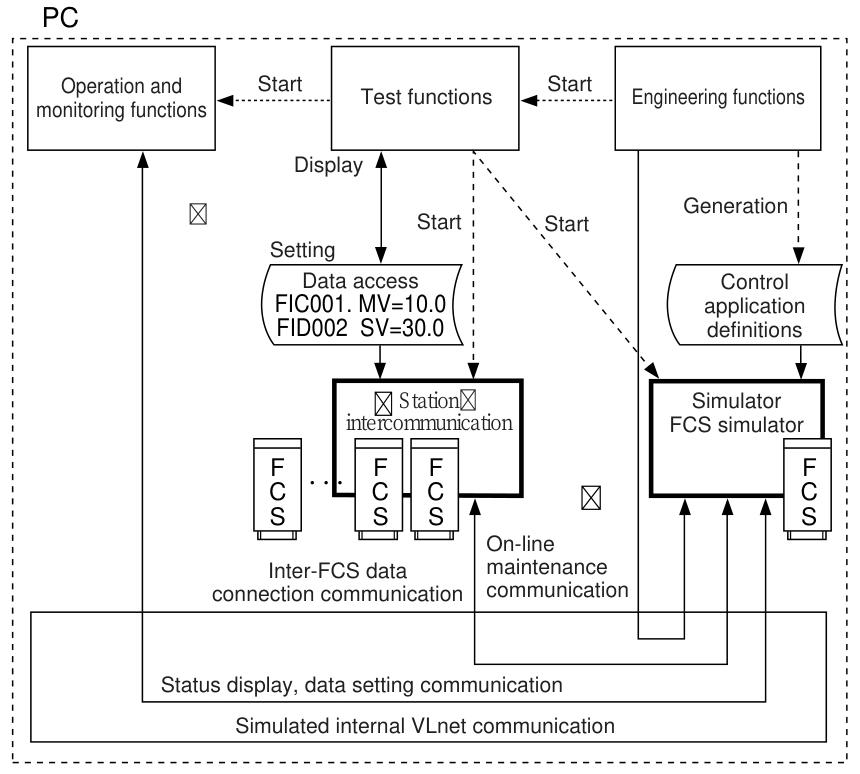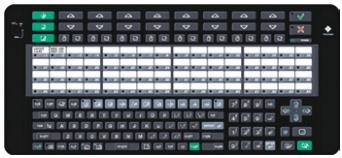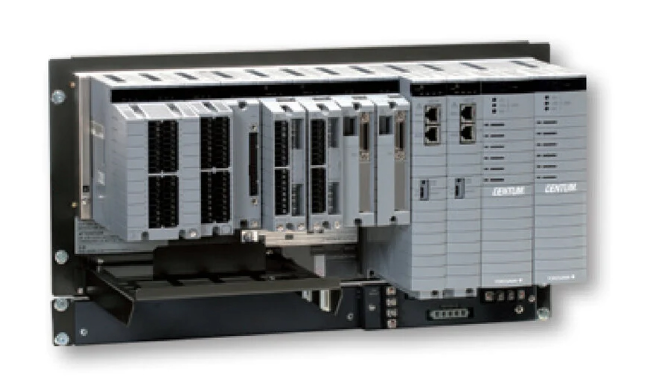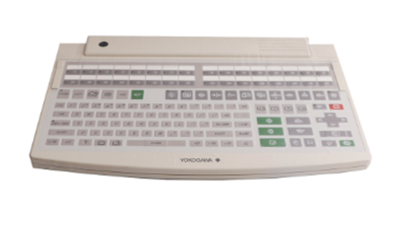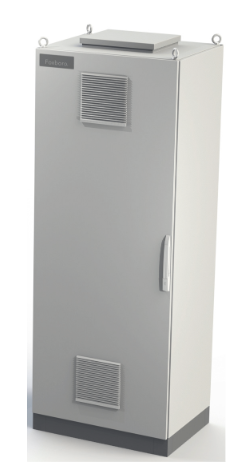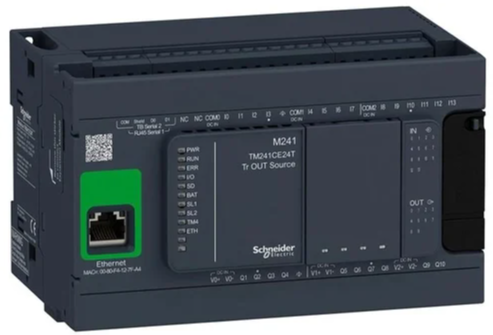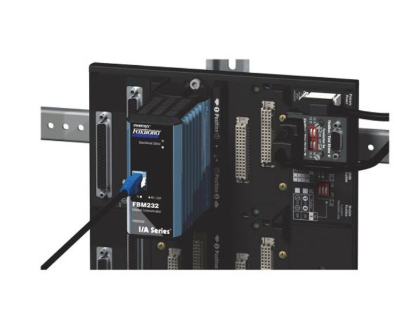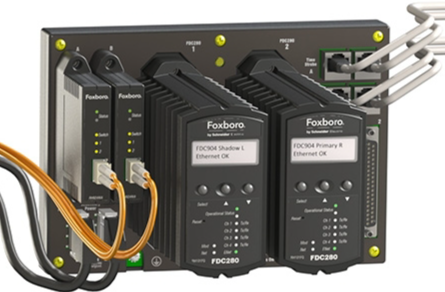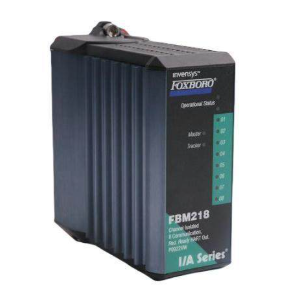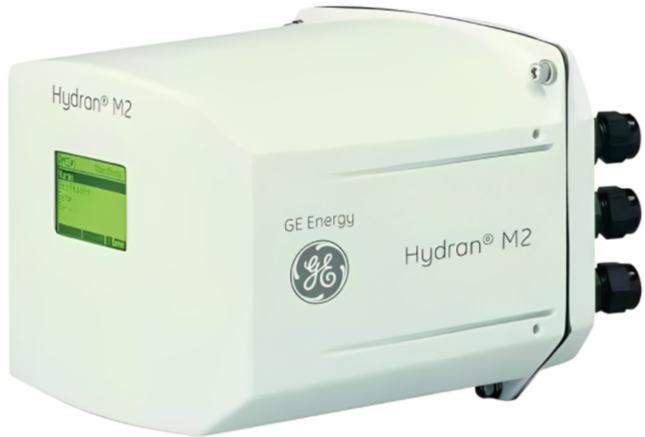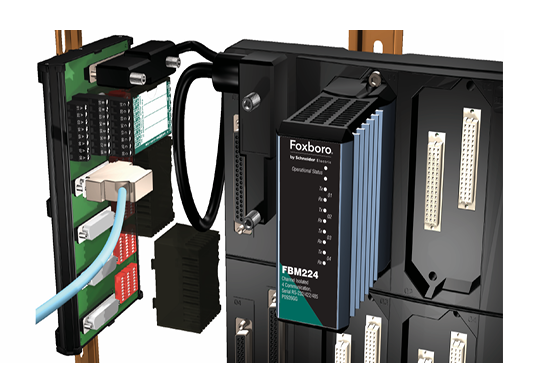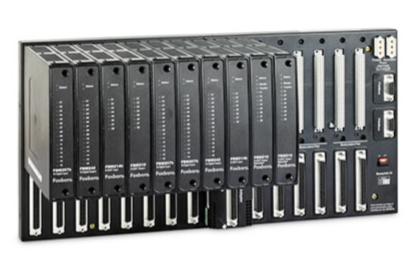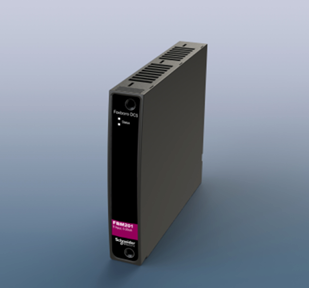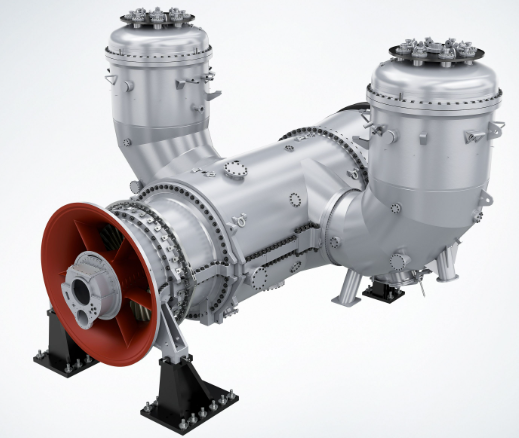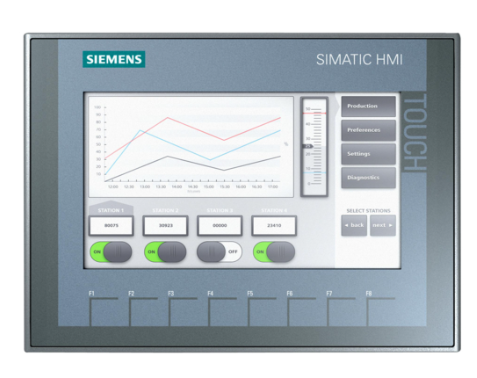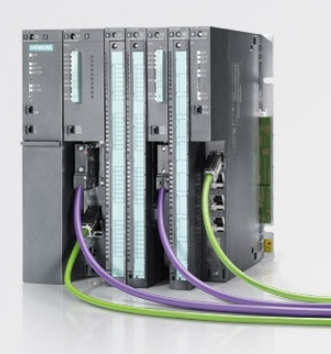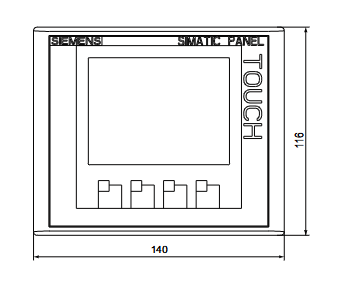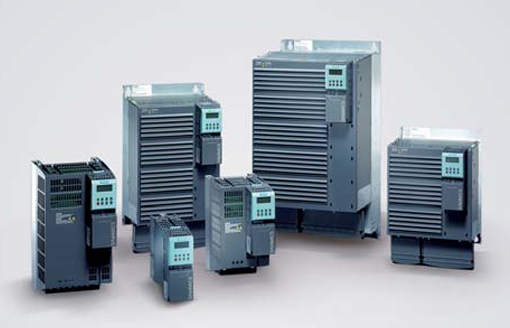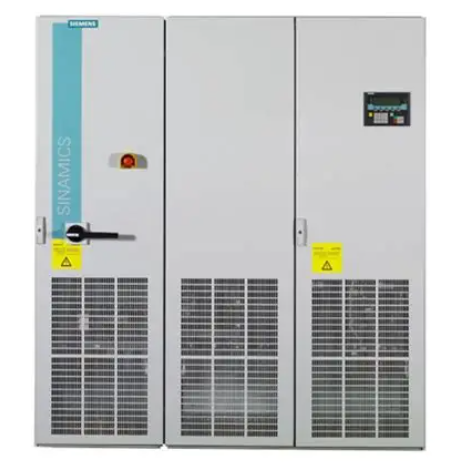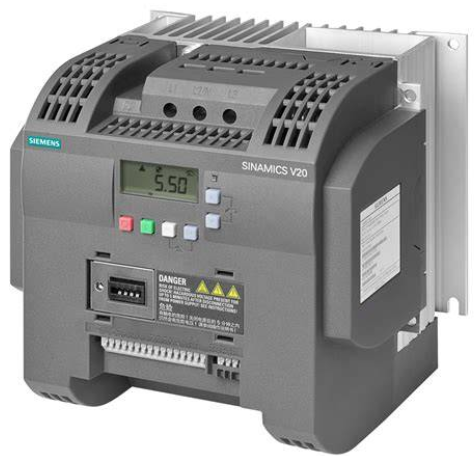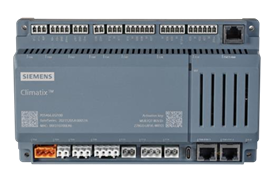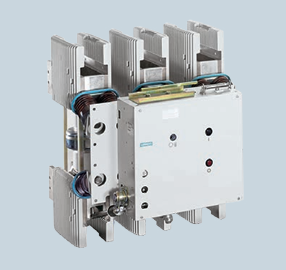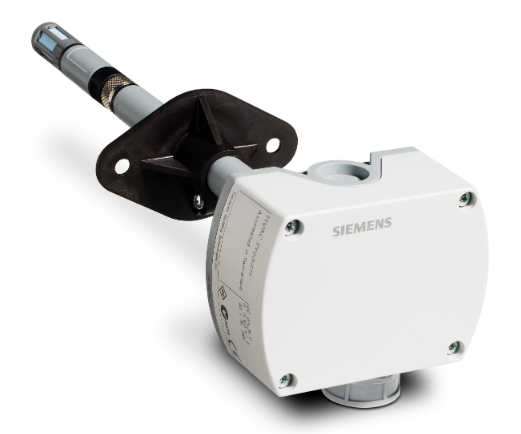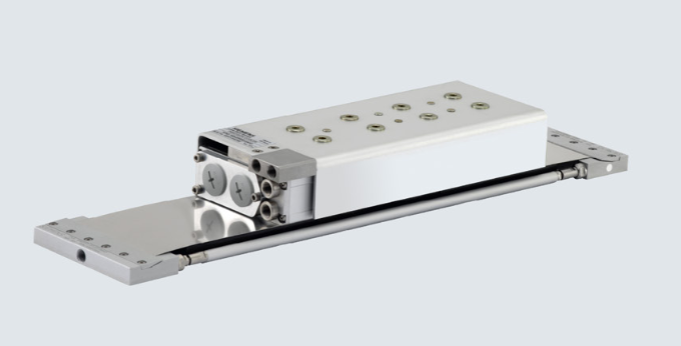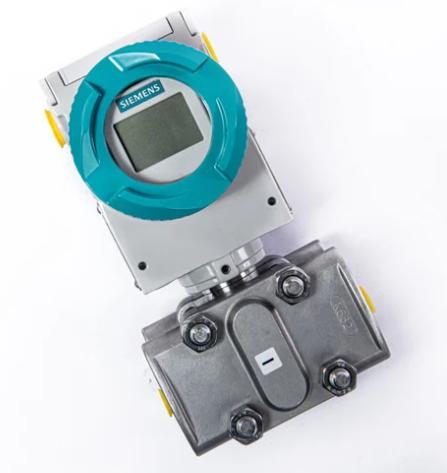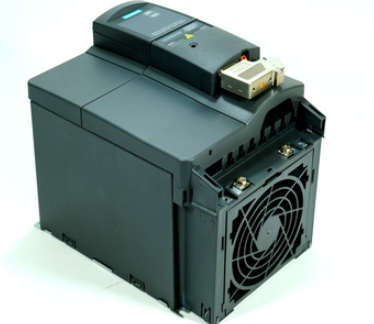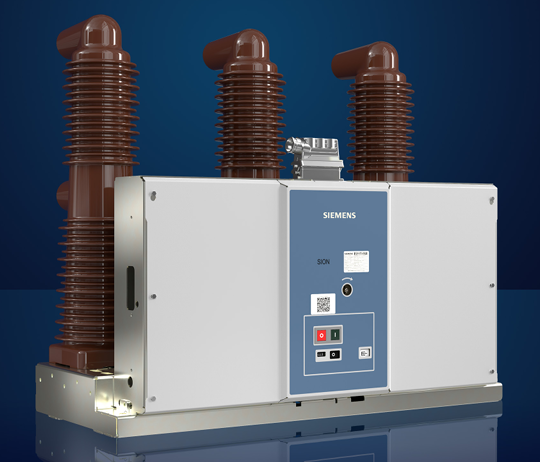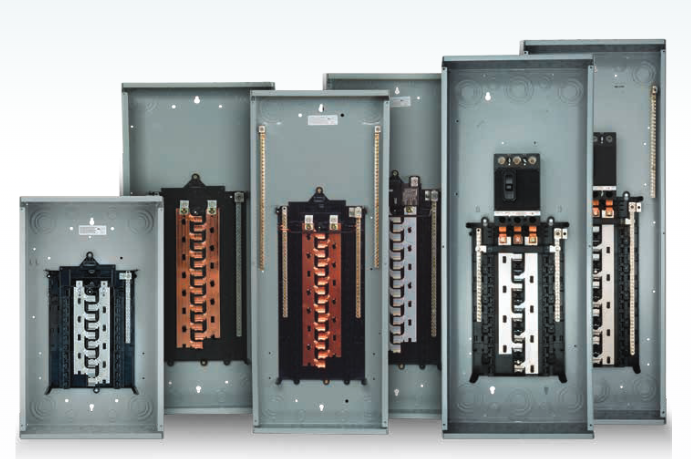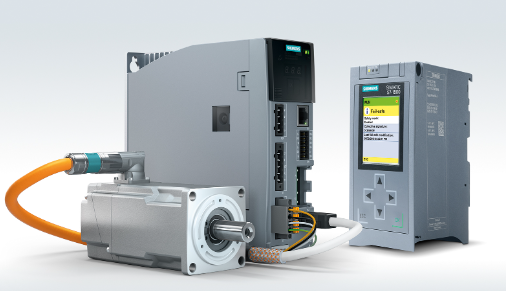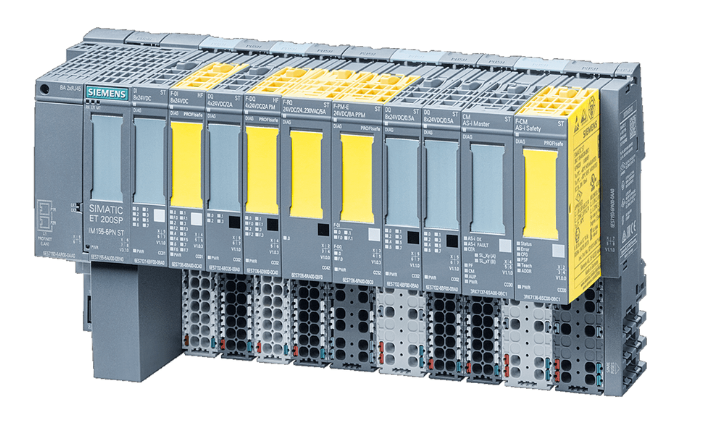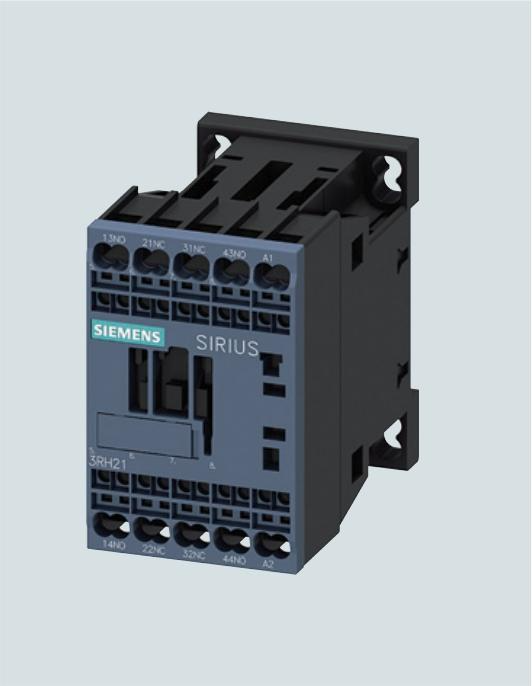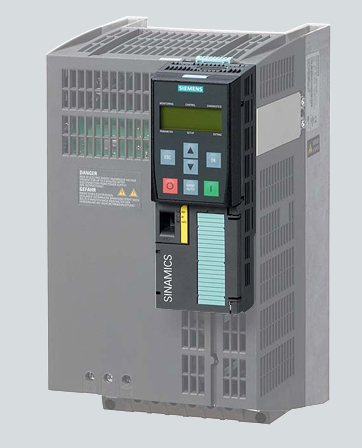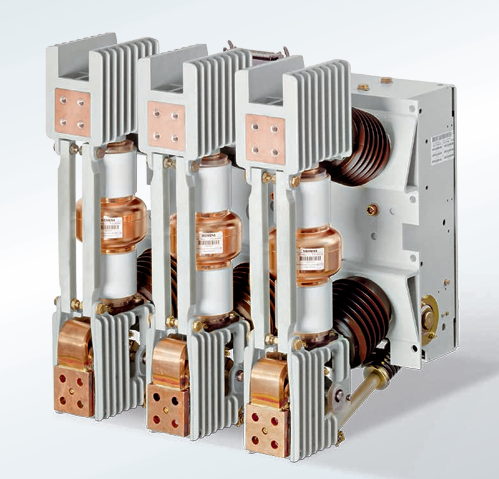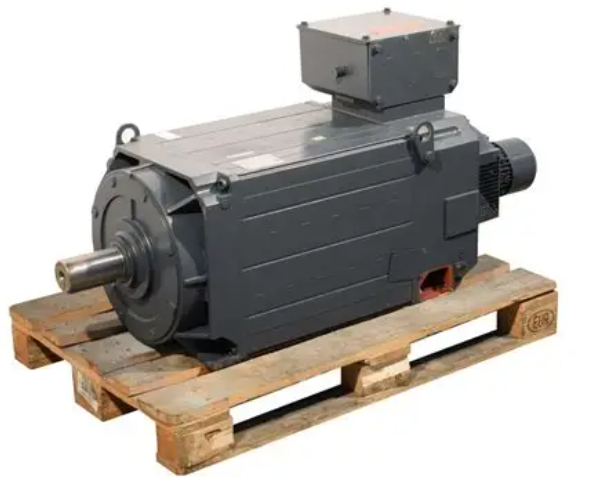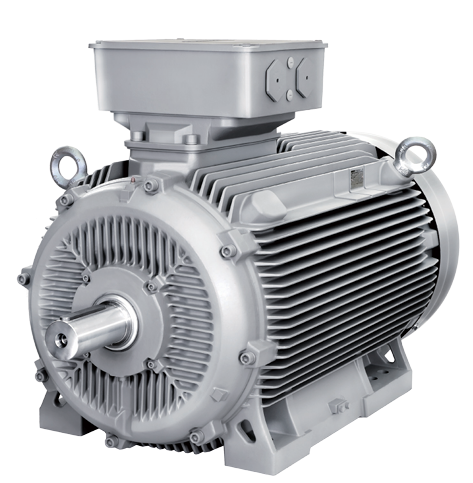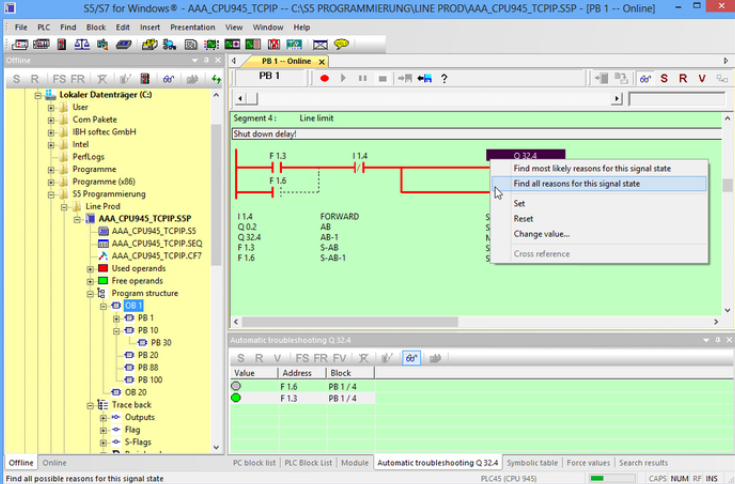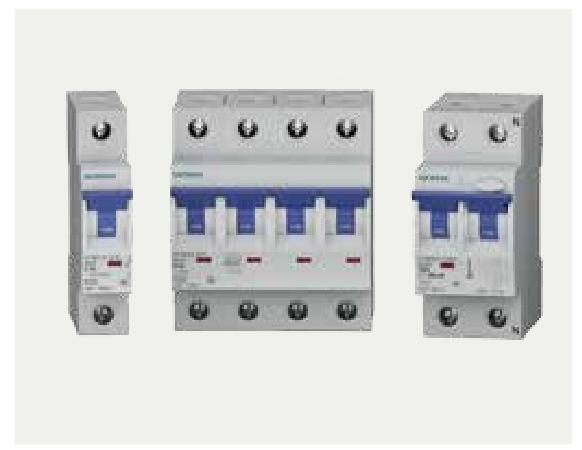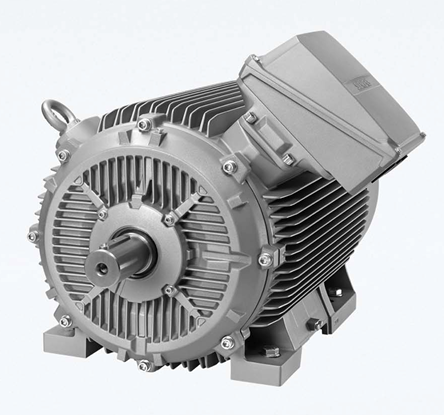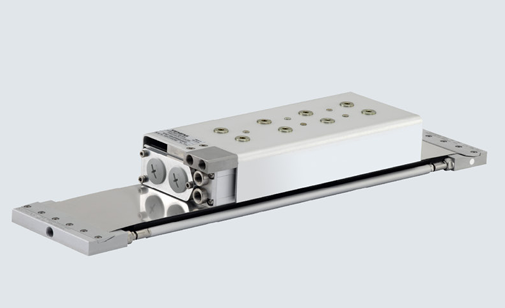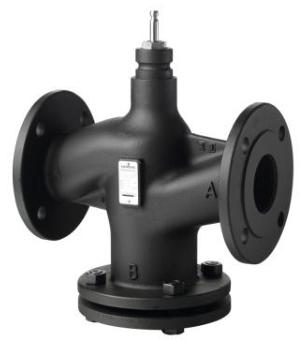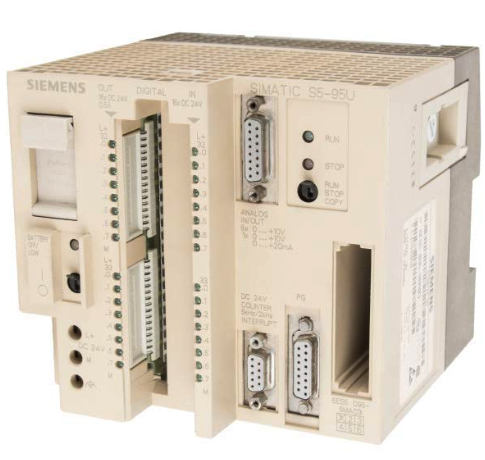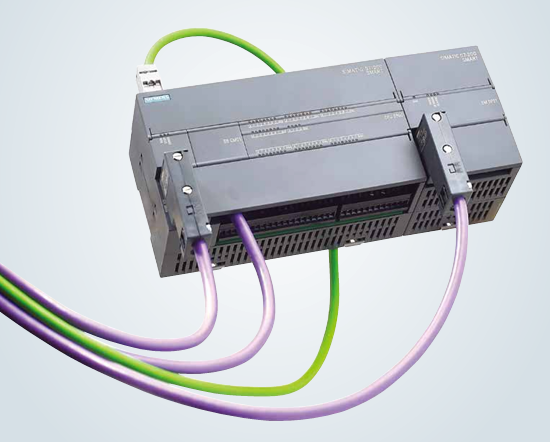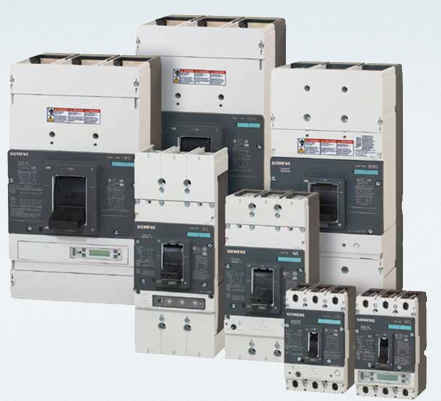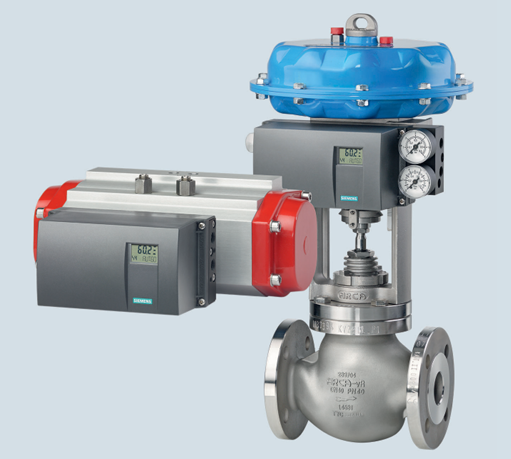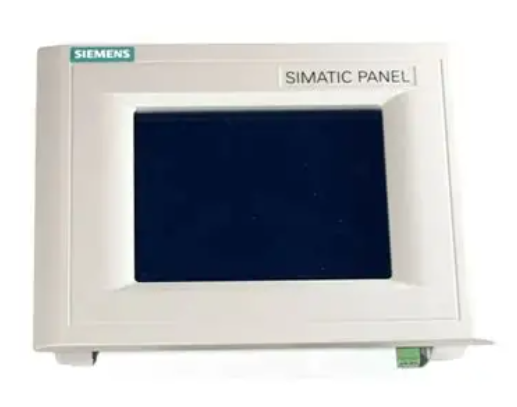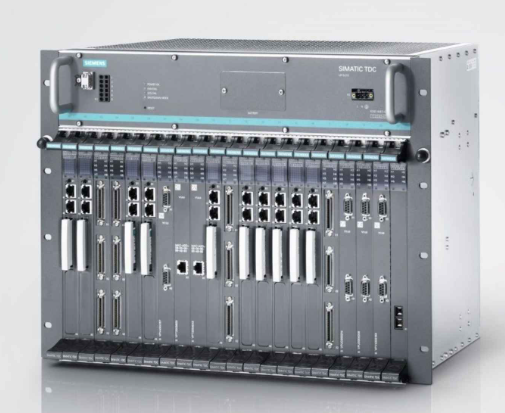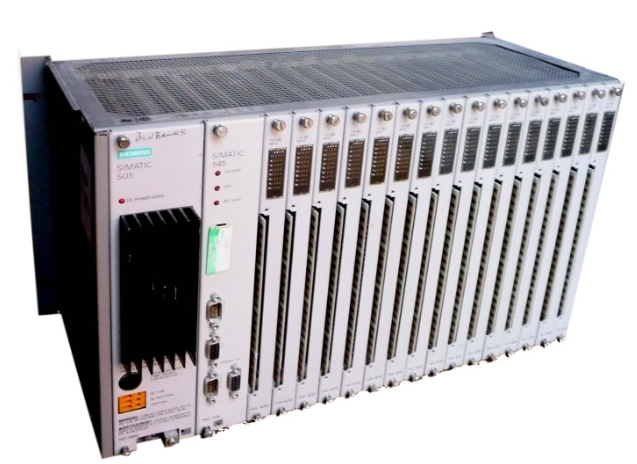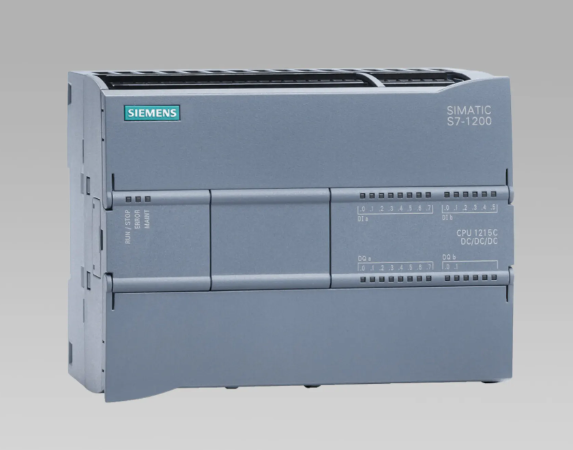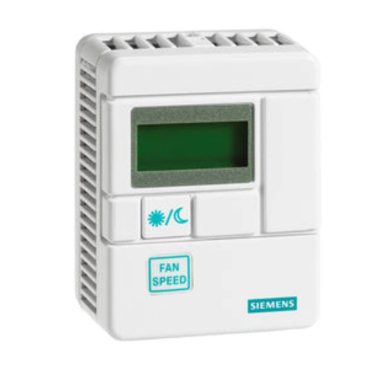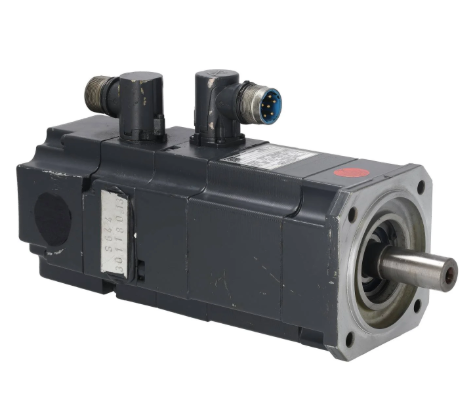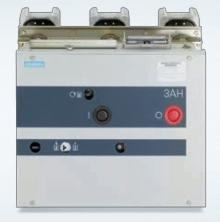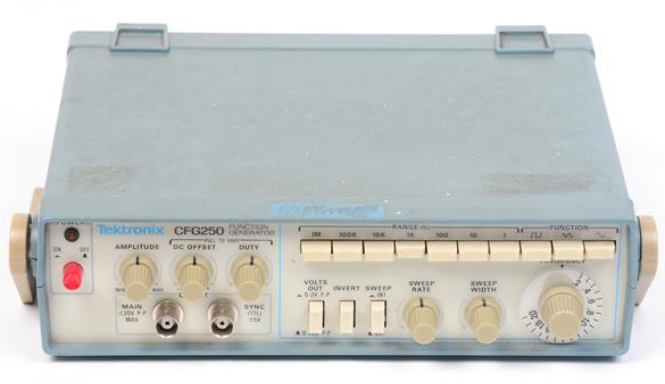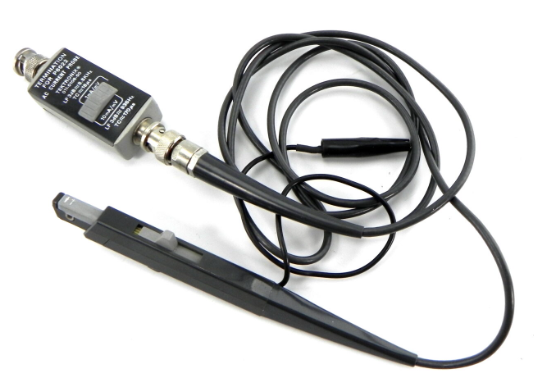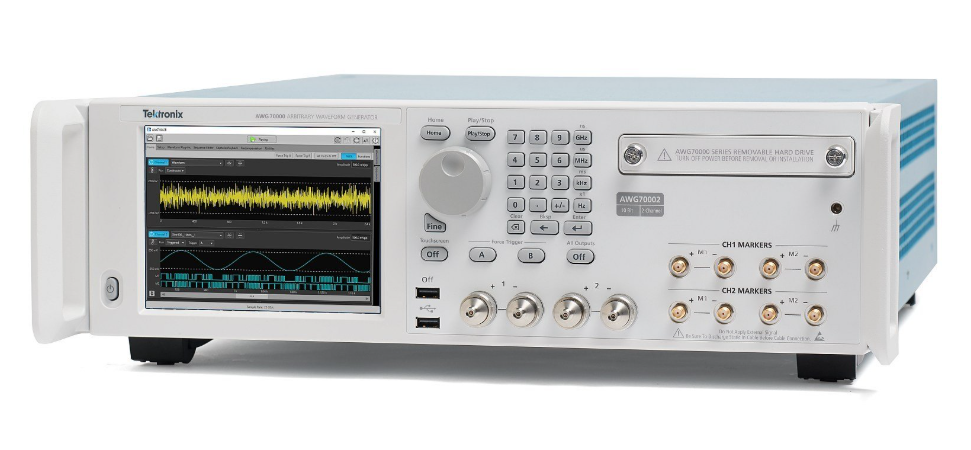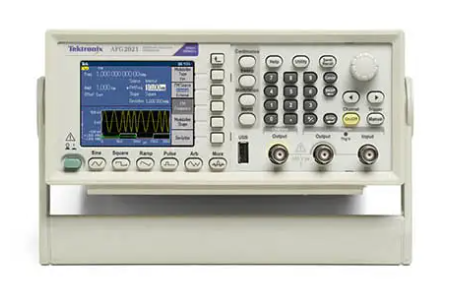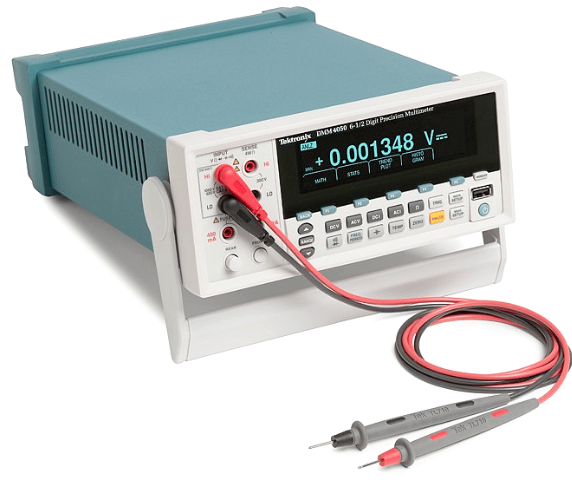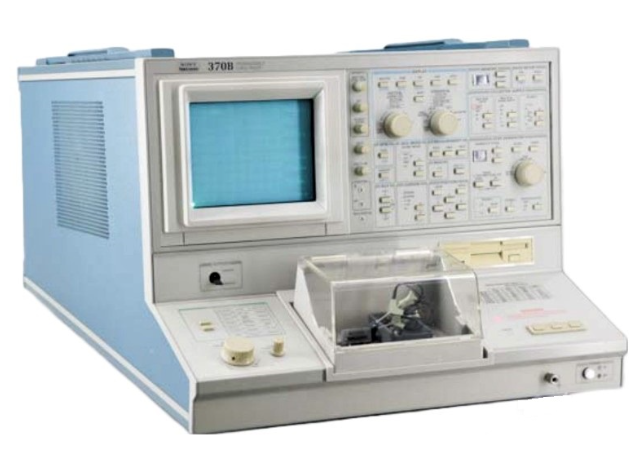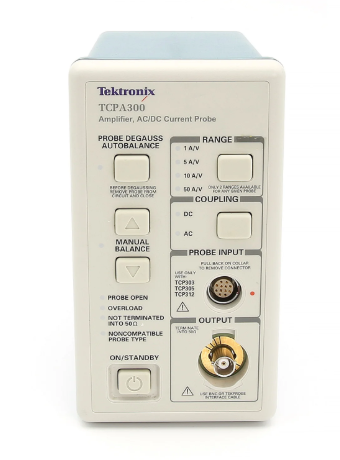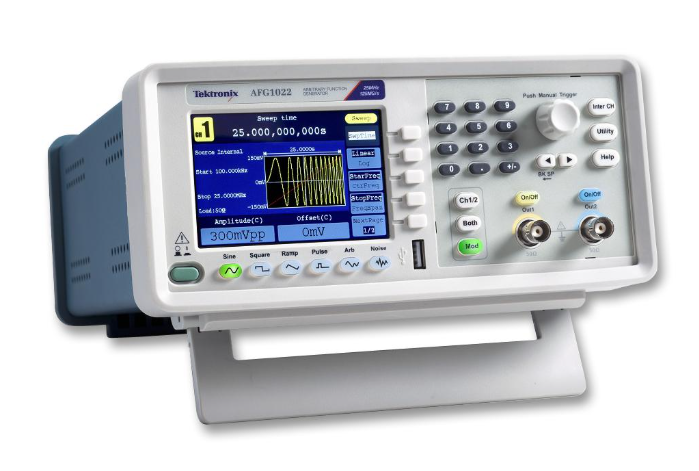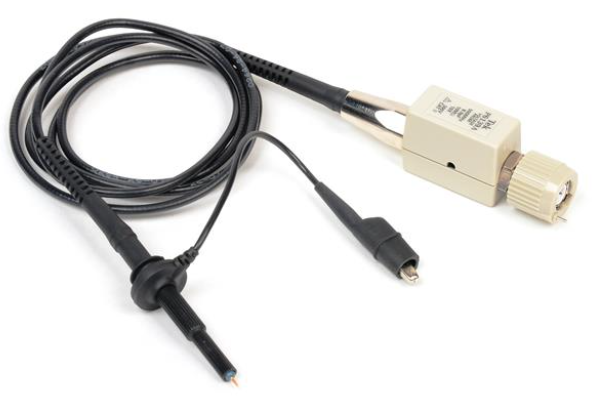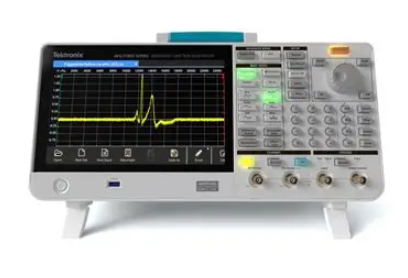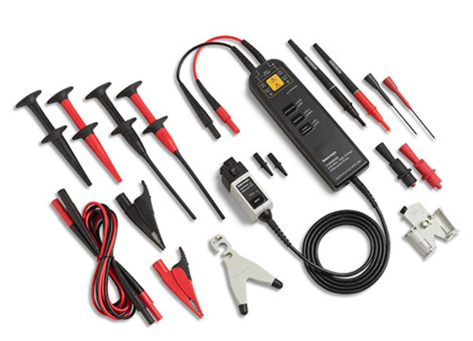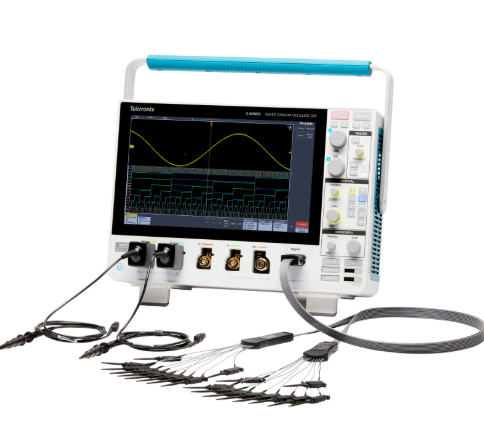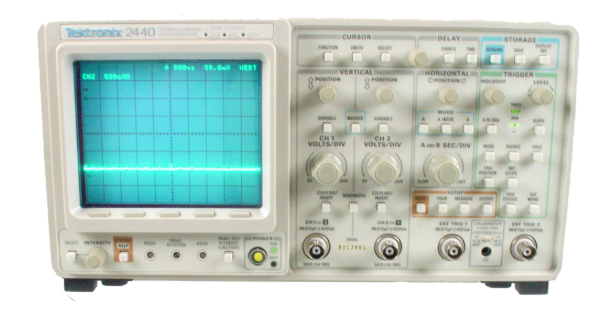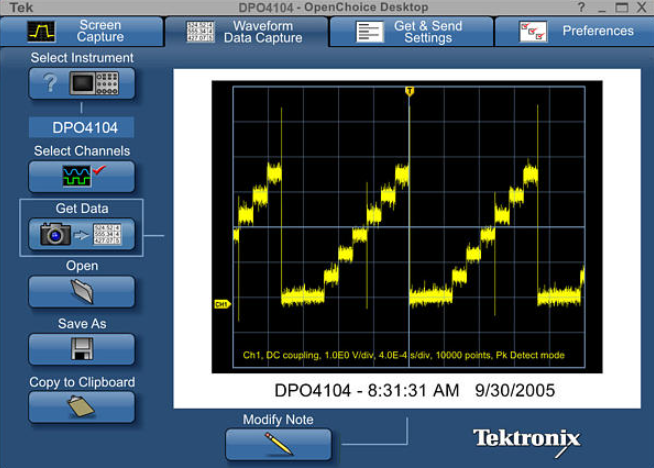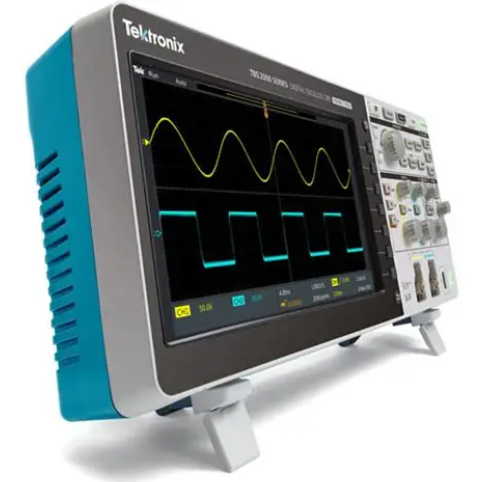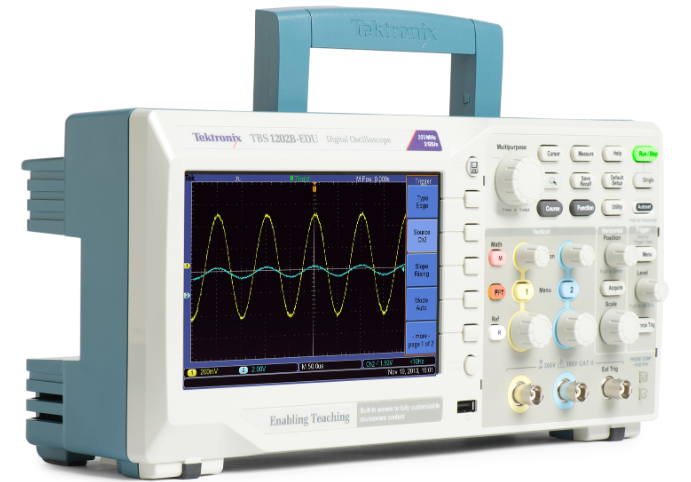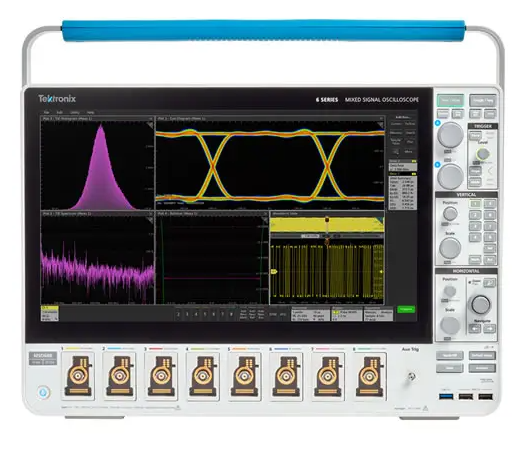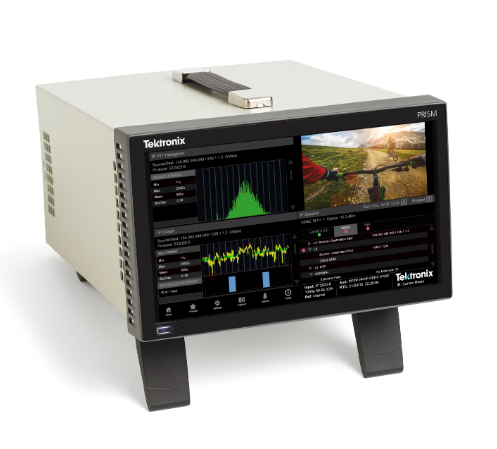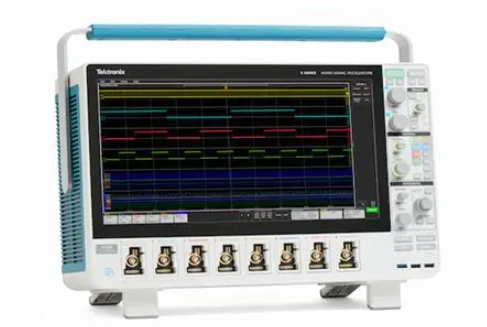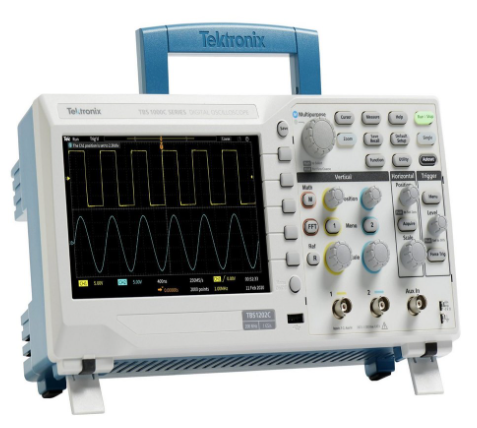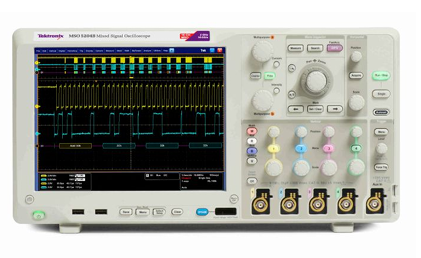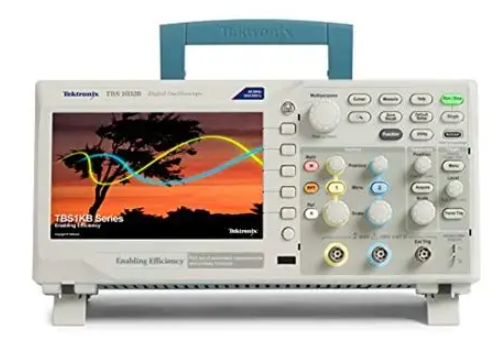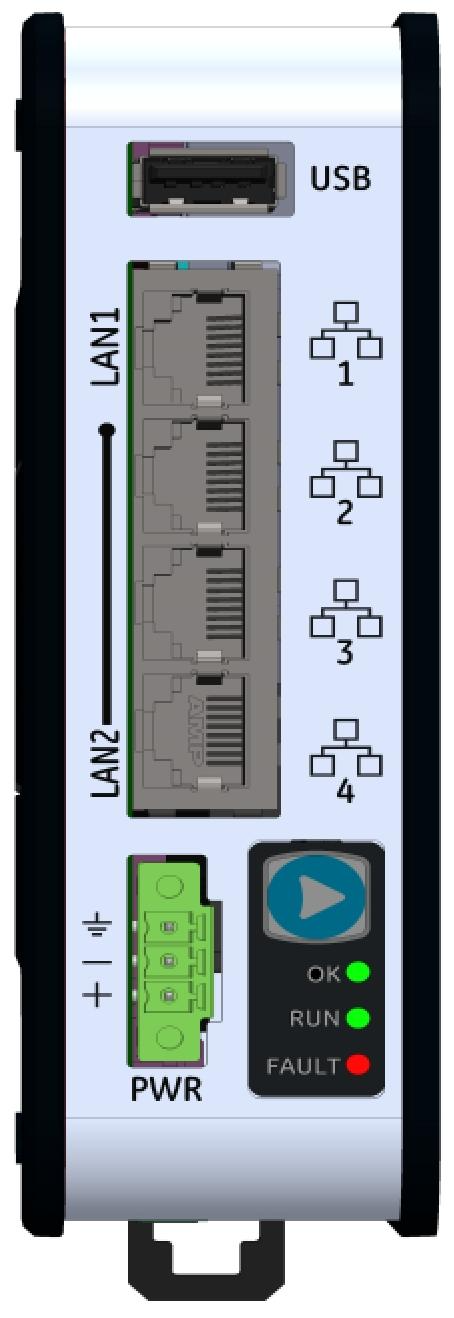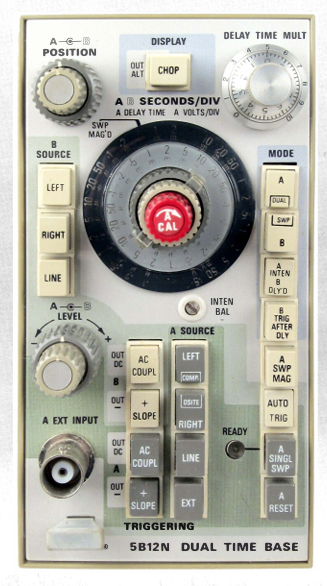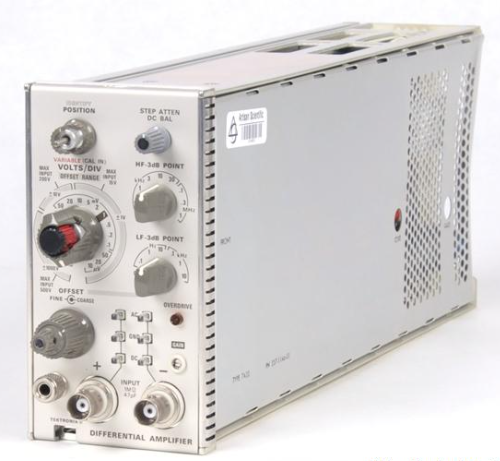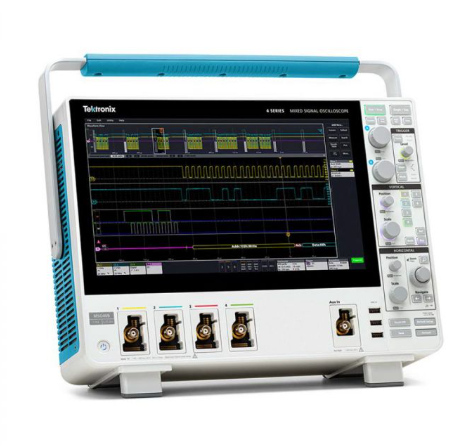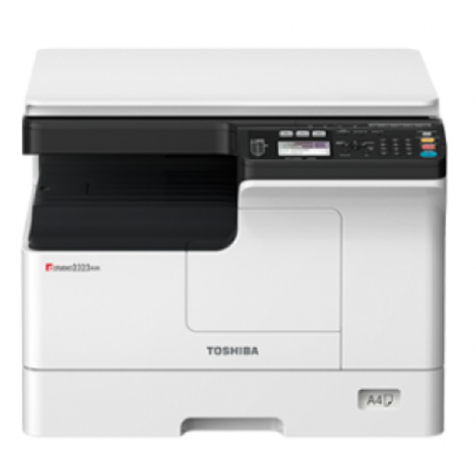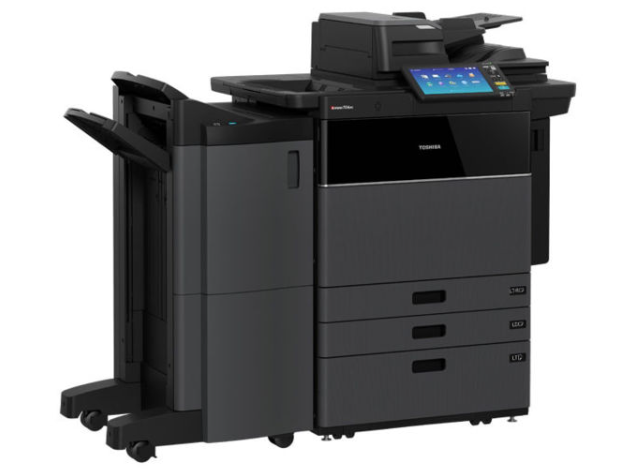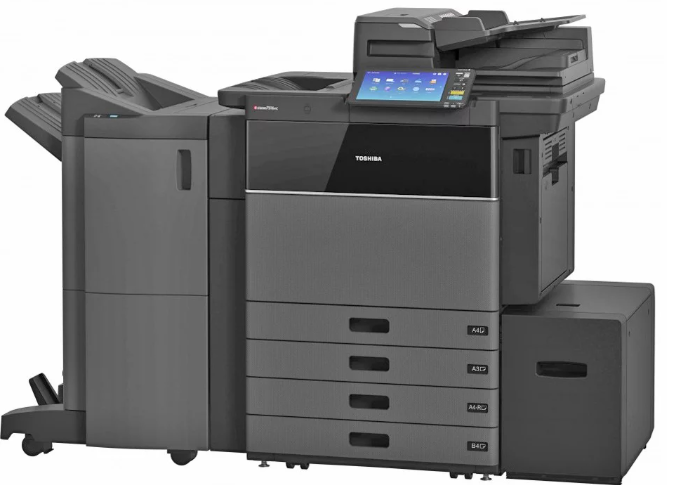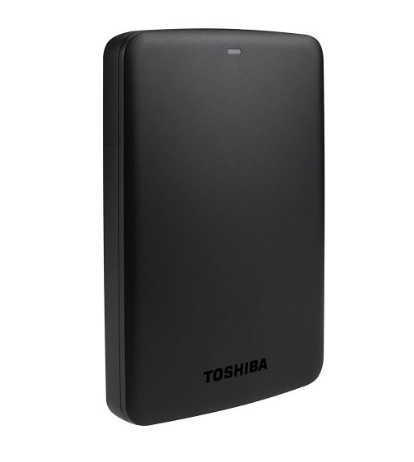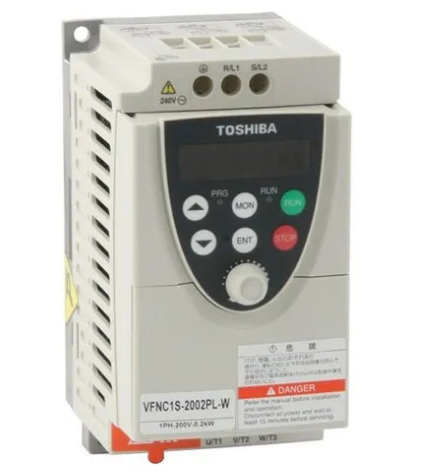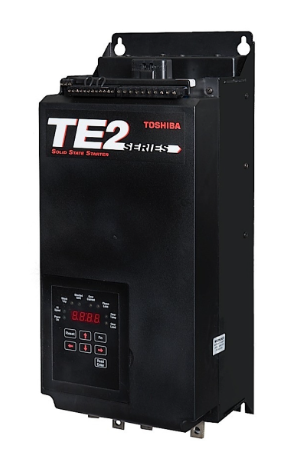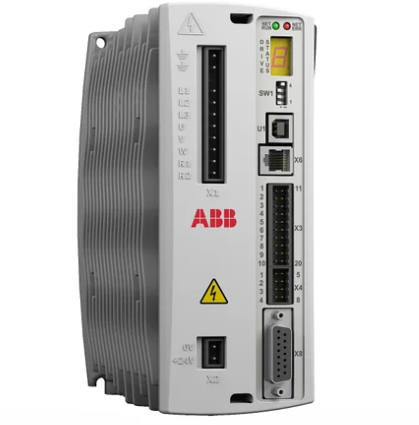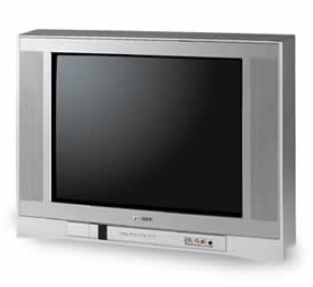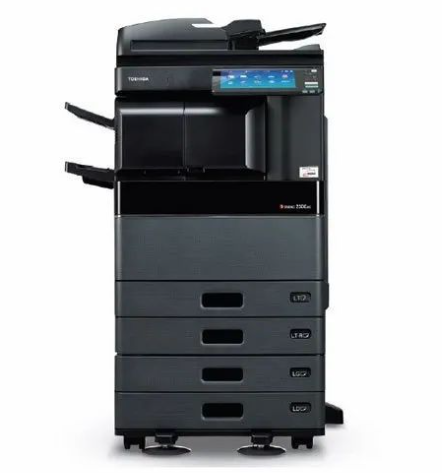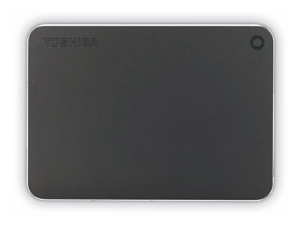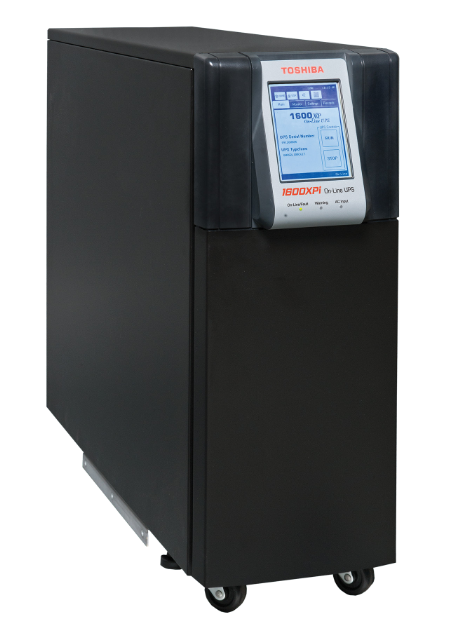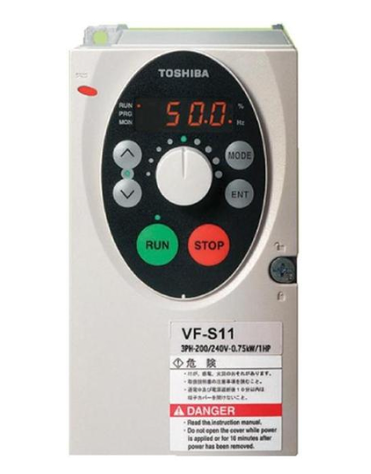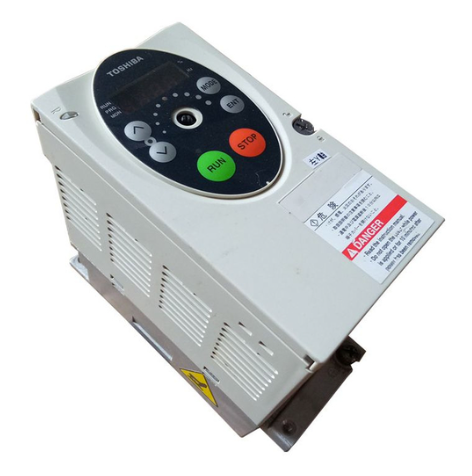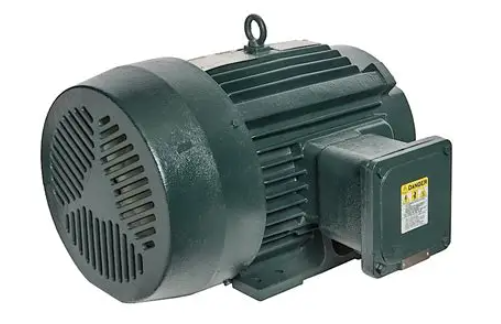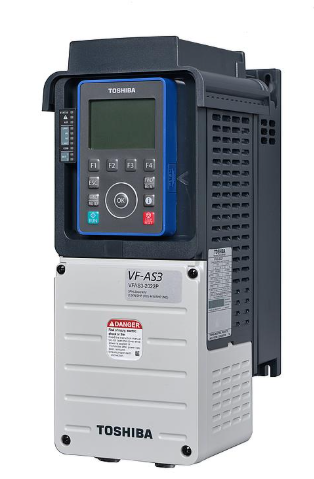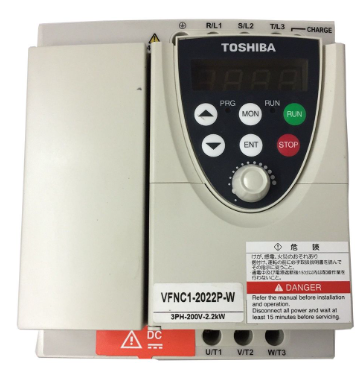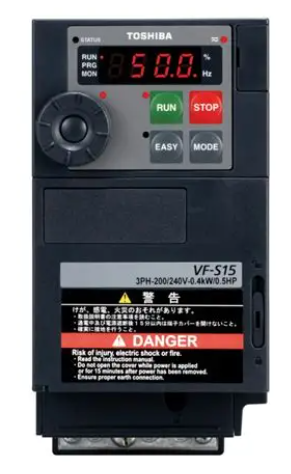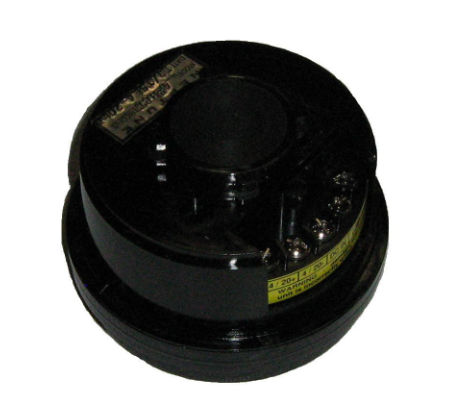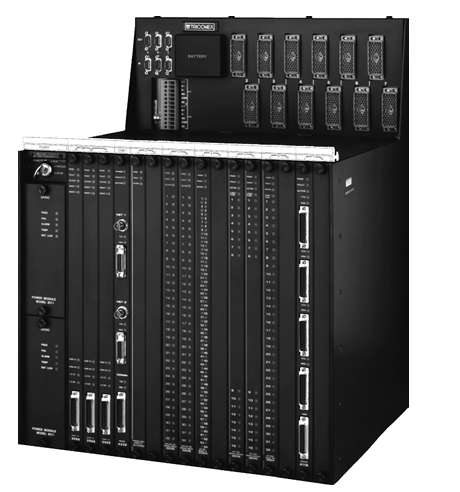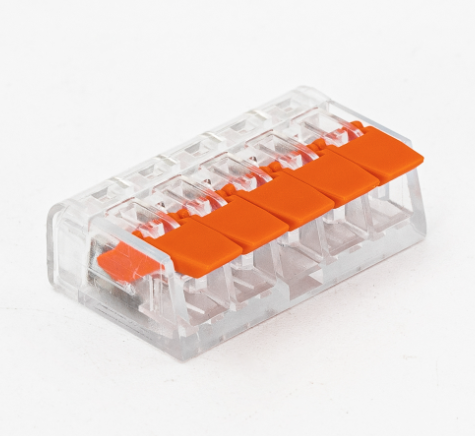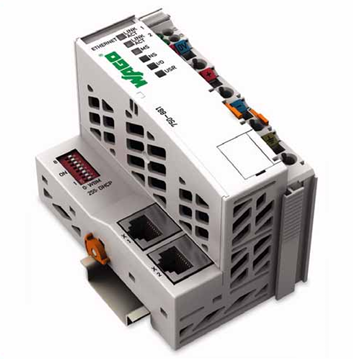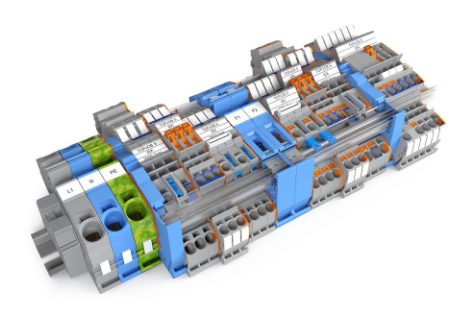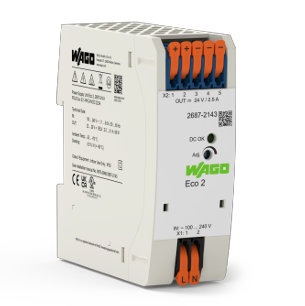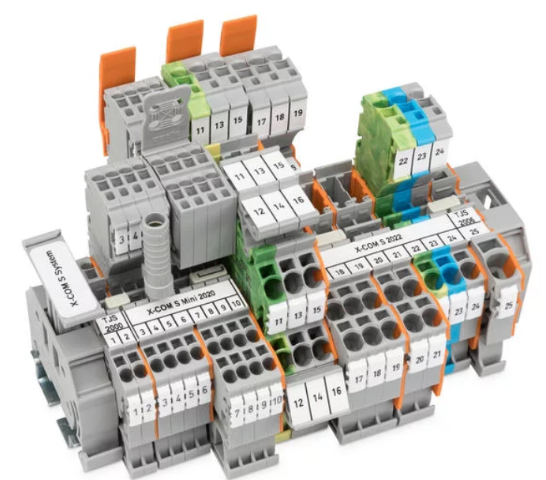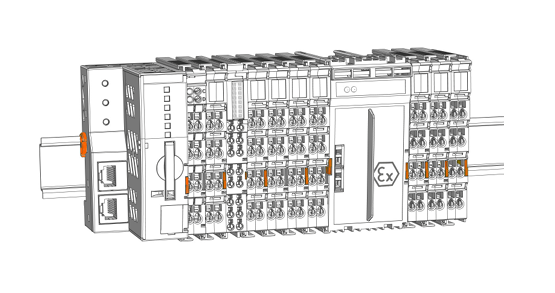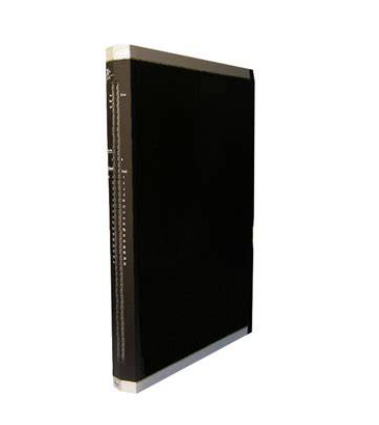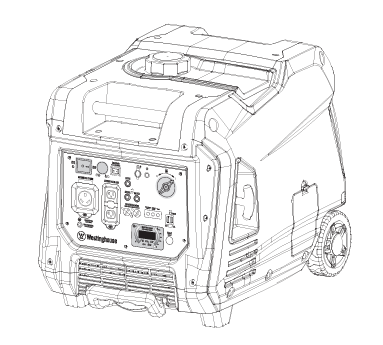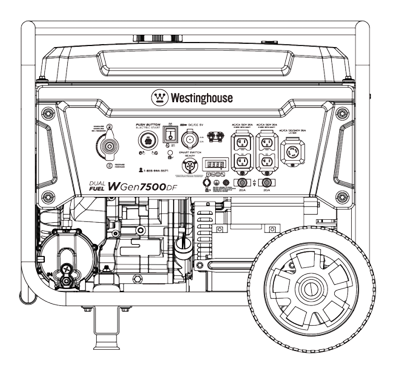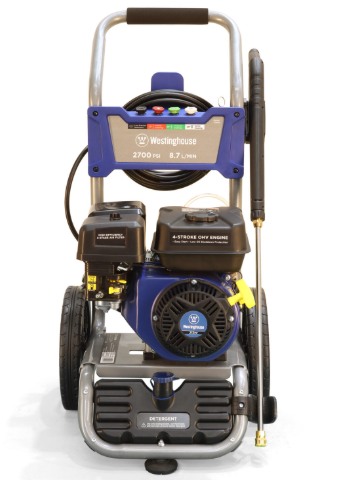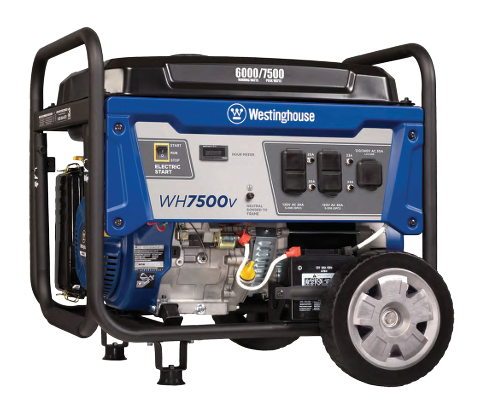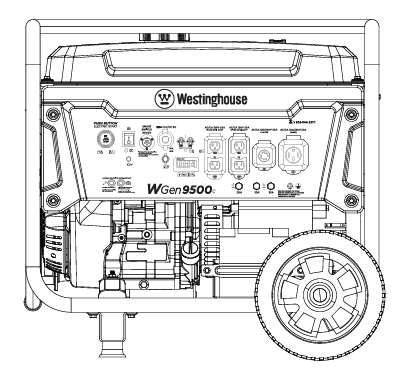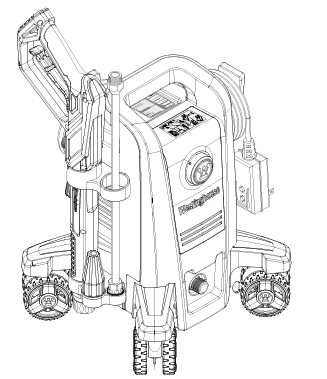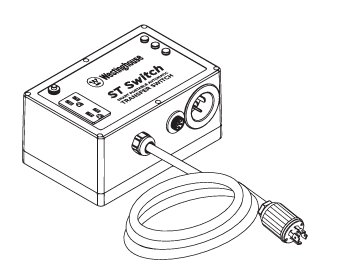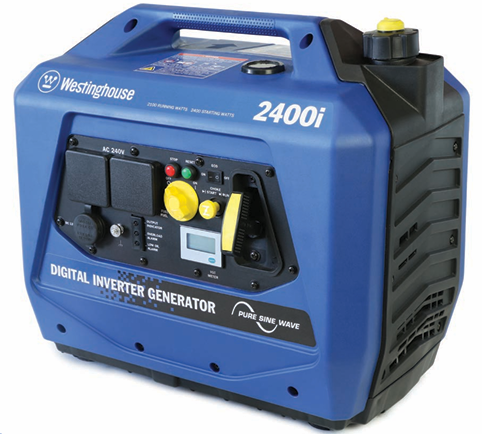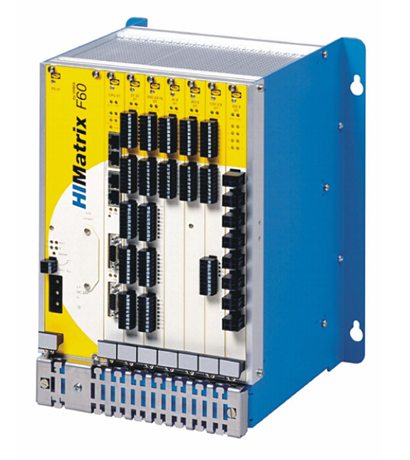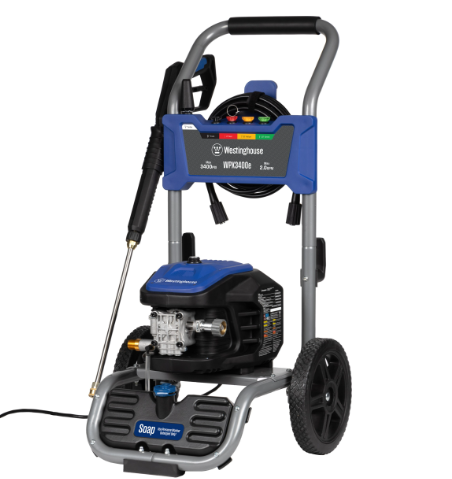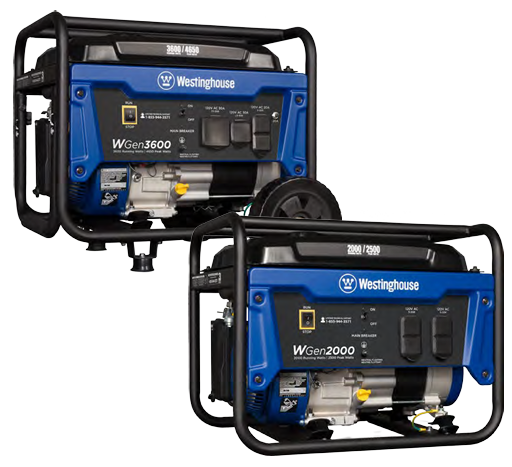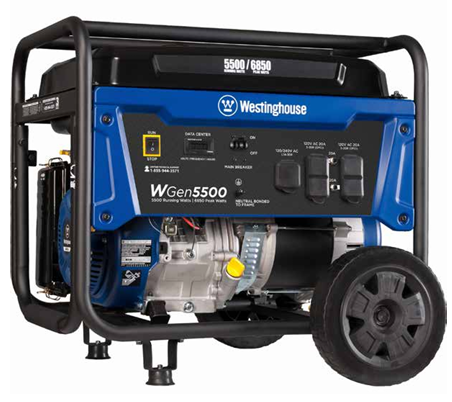

K-WANG


- Telephone:+86-15305925923
- contacts:Mr.Wang
- Email:wang@kongjiangauto.com
Manufacturers
ABB
Model(s)
ABB Advant Controller 31, ABB Advant OCS
Additional Information
32 configurable inputs/outputs 24 V DC, 0.5 A
Estimated Shipping Size
Dimensions: 6.0" x 4.0" x 6.0"
(15.2 cm x 10.2 cm x 15.2 cm)
Weight: 1 lbs 1.0 oz (0.5kg )
Tariff Code: 8538907080
Country of Origin: Germany
Ships from Webster NY, USA
ABB GJR5252200R0101 07DC92 Configurable Digital I/O Module
Product Overview
Model and Series: ABB GJR5252200R0101 07DC92 belongs to ABB's industrial automation module series. It is a configurable digital I/O module that plays a key role in industrial control systems by connecting digital devices to the core of the control system, and can realise the input and output functions of digital signals.
Function: It is mainly used to receive signals from various digital sensors (e.g. limit switches, proximity switches, photoelectric switches, etc.) and transmit these signals to controllers (e.g. controllers of PLCs or DCSs); at the same time, it also receives digital control signals from the controllers and outputs them to a variety of digital actuators (e.g. relays, solenoid valves, indicator lamps, etc.) to realise the control and monitoring of industrial equipments and processes. process control and monitoring.
Performance features
Input and output functions
Number of Channels and Configuration Flexibility: The module may have multiple digital input and output channels, and has high configuration flexibility. Users can flexibly set these channels as digital input channels or digital output channels through software configuration or hardware jumpers (depending on the module design) according to the actual application requirements. For example, in an automated packaging production line, users can configure some channels to receive signals from packaging material detection sensors (digital inputs), while other channels are configured to control the actuators of the packaging machinery (digital outputs), such as solenoid valves for the sealing machine and relays for the conveyor belt motors.
Input characteristics: The digital input channels are able to adapt to a wide range of digital signal level standards, such as TTL (transistor-transistor logic) levels, CMOS (complementary metal-oxide-semiconductor) levels or industry-standard 24V DC signals. This makes it compatible with a wide range of different types of digital sensors, and it may also have an input signal filtering function that effectively removes noise and interference from the signal to ensure the accuracy of the input signal. For example, in industrial environments where electromagnetic interference exists, the input signal filtering function can prevent false triggering and improve system reliability.
Output Characteristics: The digital output channels can provide sufficient drive capability to directly drive common digital actuators. Parameters such as output current and voltage can meet the requirements of industrial actuators. For example, each output channel may be able to provide enough current to drive the coil of a small relay or solenoid valve. At the same time, it may have short-circuit protection and overload protection, so that when the output channel is short-circuited or overloaded, the module can automatically take protective measures to avoid its own damage and the impact on other equipment.
Communication function
Communication interface type: It may be equipped with a communication interface for communication with the host controller or other devices. Common communication interfaces may include Ethernet interface, RS-485 interface or CAN bus interface. Ethernet interface can achieve high-speed data transmission, which is convenient to connect the module to the industrial Ethernet network for remote monitoring and configuration; RS-485 interface is a commonly used industrial field bus interface with good anti-interference performance and long transmission distance, suitable for use in distributed industrial control systems; CAN bus interface is widely used in the automotive industry and some industrial applications with high real-time requirements, it supports multi-master communication. CAN bus interface is widely used in the automotive industry and some industrial applications with high real-time requirements, which supports multi-master communication mode and can achieve efficient data transmission.
Communication protocol support: It supports a variety of industrial communication protocols, such as Modbus, Profibus - DP or Ethernet/IP. Through these protocols, the module can seamlessly communicate with controllers or other devices from different manufacturers, facilitating system integration. For example, in an automation system with multiple brands of devices, the Modbus protocol allows the module to exchange data with other devices, enabling the entire system to work together.
Reliability and Stability
Hardware Reliability Measures: Manufactured with high quality electronic components that are rigorously screened and tested to ensure long term stable operation in harsh industrial environments. For example, the circuit board may adopt multi-layer wiring and high-quality copper cladding process to improve the anti-interference ability; chips and other key components have good temperature stability and anti-electromagnetic interference ability, and are able to work normally in the industrial site with large temperature changes and strong electromagnetic interference.
Fault diagnosis and alarm function: Built-in fault diagnosis function, it can monitor its own hardware status (such as input and output channel status, communication interface status, etc.) and software operation status in real time. When a fault is detected, it can send out an alarm signal in time through flashing lights, sending a fault code to the controller or other ways, which is convenient for users to locate and eliminate the fault quickly. For example, if an input channel fails, the module can display the location of the failed channel through the indicator light on the front panel and send the corresponding fault code to the controller to help maintenance personnel to carry out maintenance quickly.
Expandability and compatibility
Module expandability: It can be combined and expanded with other ABB modules or third-party modules to meet the needs of more complex industrial automation systems. For example, users can add analogue I/O modules, communication modules, etc. to the same system to build a complete control system together with the digital I/O module. This modular scalability allows the system to be flexibly upgraded and expanded according to changes in actual production requirements.
Compatibility: Good compatibility with other ABB automation products and many mainstream industrial automation equipment. Whether in terms of electrical interfaces, communication protocols or mechanical installations, it can be well integrated with other equipment. For example, in an ABB automation solution, the digital I/O module can work seamlessly with ABB's controllers, human-machine interface (HMI) devices, and other I/O modules to build an efficient and stable industrial automation system.
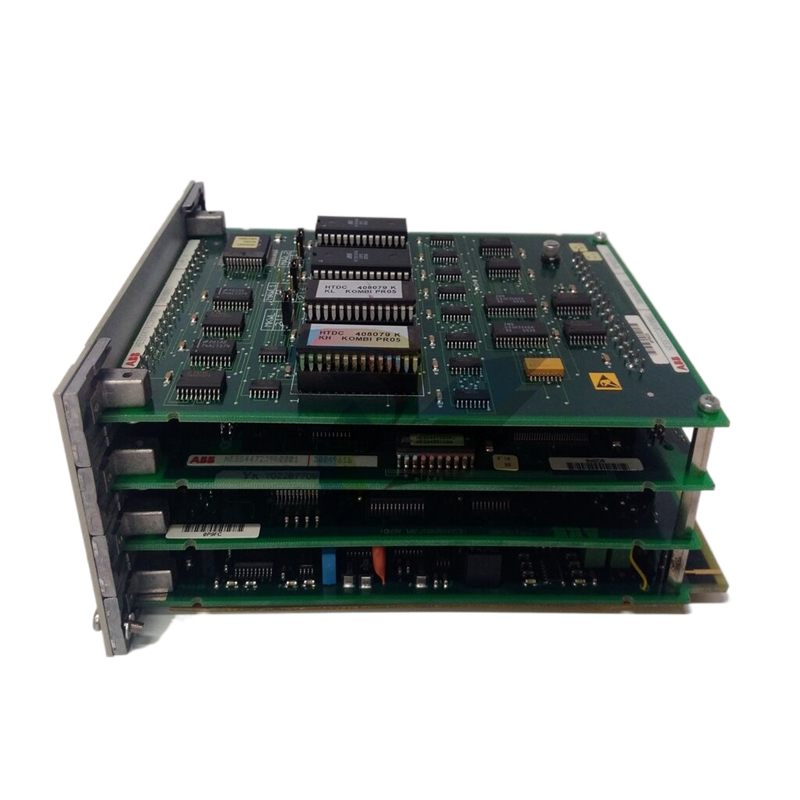
| User name | Member Level | Quantity | Specification | Purchase Date |
|---|






